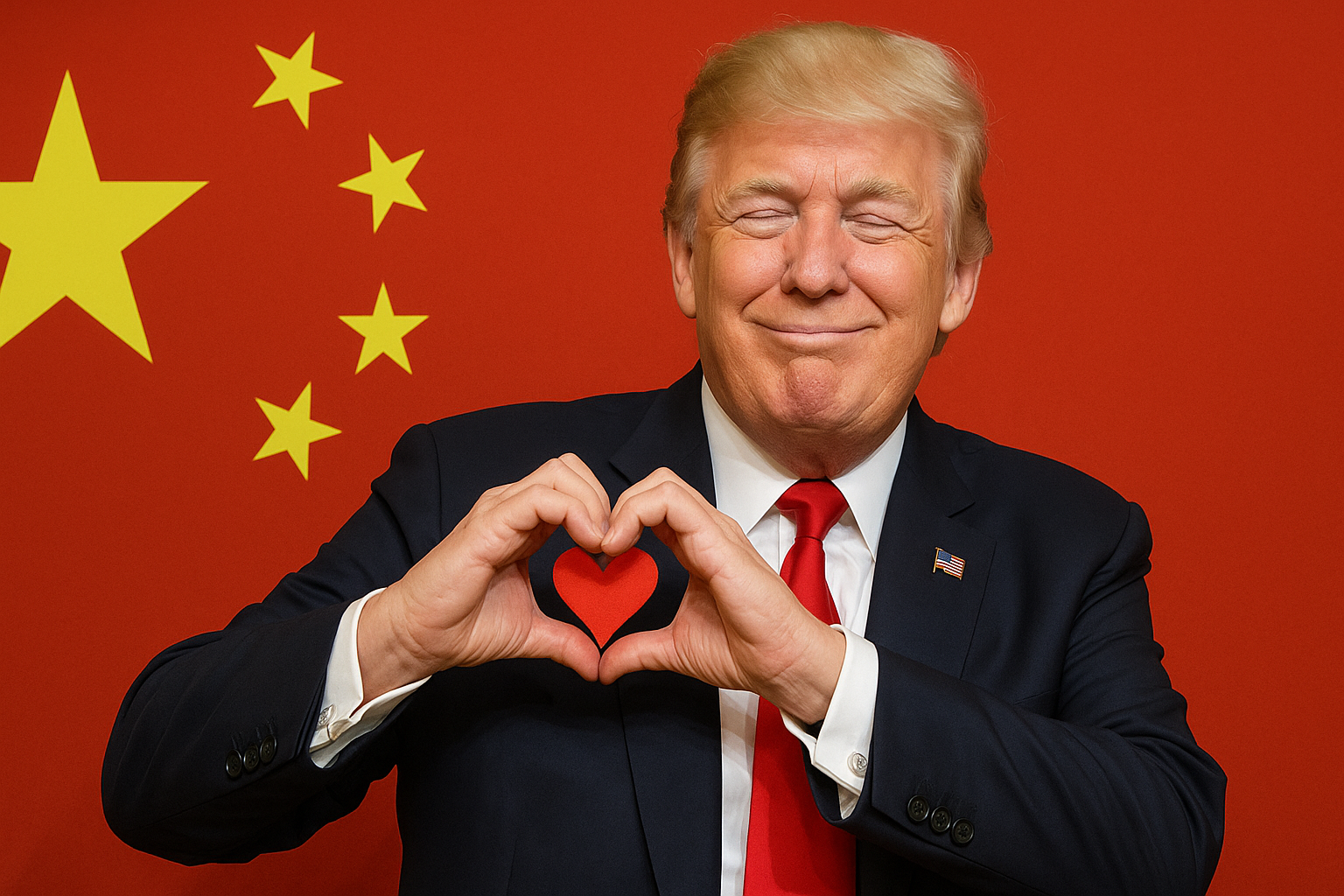Trade truce between the US and China: what does the new agreement provide for and why is it considered a step backwards?
12 June 08:06
US President Donald Trump has announced that a new trade agreement with China has been reached, "Komersant Ukrainian" reports citing Reuters. According to him, it is “fully in the interests of the United States” and should ease the tension in the trade confrontation between the two superpowers. However, despite the loud statements, many details remain unclear, and experts warn that the parties seem to be back to square one.
Trump’s statements
On Wednesday evening, Trump publicly announced that the deal with China was done and that he was “very pleased” with it. Speaking to reporters in Washington, he emphasized:
“We’ve reached a great deal with China. We have everything we need, and things are going to go well, both for us and, I hope, for them.”
However, on his own platform Truth Social, Trump said that the deal was agreed upon “subject to final approval” by both leaders – him and Xi Jinping. He emphasized the key points of the agreement: China will supply magnets and rare earth metals to the United States, and Chinese students will be allowed to study at American universities.
Provisions of the agreement
One of the most discussed points is the tariff policy. Trump said that the United States will retain 55% of duties on Chinese goods. This figure consists of several components:
- 10% is the basic “mirror” tariff that applies to all US trading partners;
- 20% – additional customs measures against China, Mexico and Canada related to allegations of facilitating drug trafficking (in particular, fentanyl);
- 25% – preliminary tariffs from Trump’s first presidential term.
According to Commerce Secretary Howard Latnick, this tariff is “fixed and unchangeable.” He confirmed on CNBC that there are no plans to revise the rate.
What China gets
In exchange for the high tariff rate, Beijing has allegedly agreed to lift restrictions on the export of rare earth metals and magnets, which are critical to the US high-tech industry. It was also agreed to restore Chinese students’ access to the American educational system, an issue that had previously caused tension.
However, according to U.S. Treasury Secretary Scott Bessent, the agreement does not provide for any concessions on the supply of microchips or software.
“There is no ‘chips for metals’,”
– he said during a Senate hearing.
China has not yet issued an official communique on the results of the meeting. It remains unclear what benefits China expects from this agreement. After all, it seems that in exchange for 55% of US tariffs, China only receives permission to study at US universities for Chinese students.
Читайте нас у Telegram: головні новини коротко
How the compromise was formed
The negotiations, which began on Monday in London, were a continuation of the previous “Geneva” protocol signed last month. Back then, the parties agreed to reduce the escalation, but quickly reached a deadlock again over export restrictions.
The talks in London lasted until late Wednesday evening. According to Latnick, the two sides agreed on a “framework agreement” based on the agreements from Geneva and the phone call between Trump and Xi. Now the parties are returning to their capitals to present the text to the leaders.
Reaction of markets and experts
On Wednesday, US stock markets showed a moderate decline as investors remain cautious.
“There seems to be a deal, but we haven’t seen the details. The devil is in the details,”
– commented Oliver First of Wealthspire Advisors.
The World Bank has also lowered its global growth forecast for 2025 by 0.4%, warning that high tariffs and political uncertainty pose serious risks to most economies.
A step forward or back to square one?
Despite the declaration of agreement, many analysts believe that the parties are still far from a final compromise. The essence of the problem remains the same: China is promoting a model of state intervention in trade, while the United States wants a level playing field.
“If China adheres to the terms of the original Geneva agreement, we can achieve a certain balance,”
– Bessent believes.
At the same time, Josh Lipsky of the Atlantic Council warns that the agreement looks more like a tactical stopgap than a strategic solution.
“They are back to square one. But it’s better than a complete stalemate,” he concluded,
– he summarized.
Prospects for further agreements
It remains to be seen whether this will be a new era in US-China trade relations. The fate of the full-fledged agreement, which was previously scheduled to be signed by August 10, remains an open question. At this stage, the parties have only a framework agreement that still needs to be approved at the highest level.
The new agreement looks like an attempt to stabilize the situation, but it does not resolve the underlying contradictions. It opens the way to a dialogue, but there are no guarantees of its implementation.
Читайте нас у Telegram: головні новини коротко









